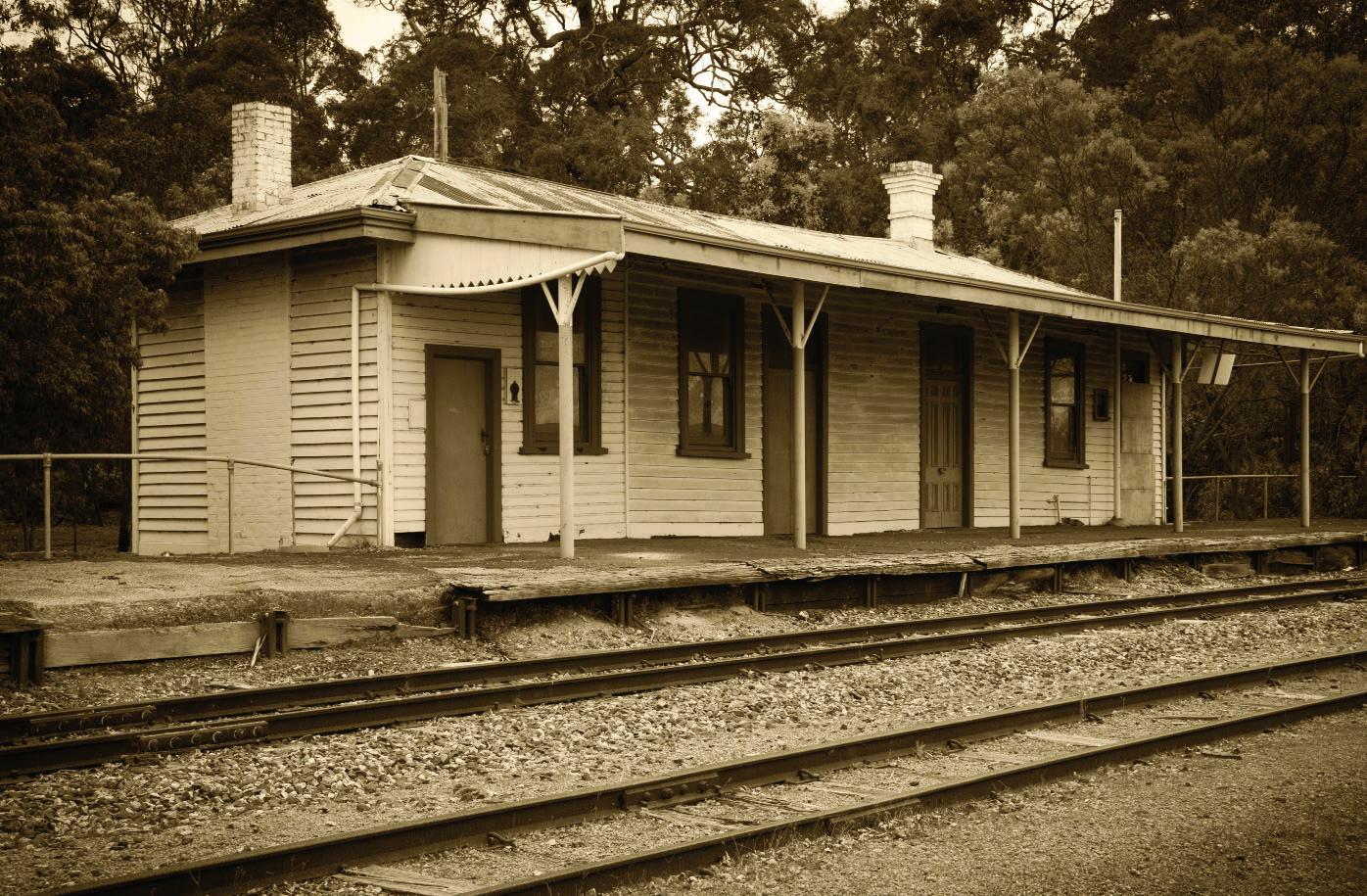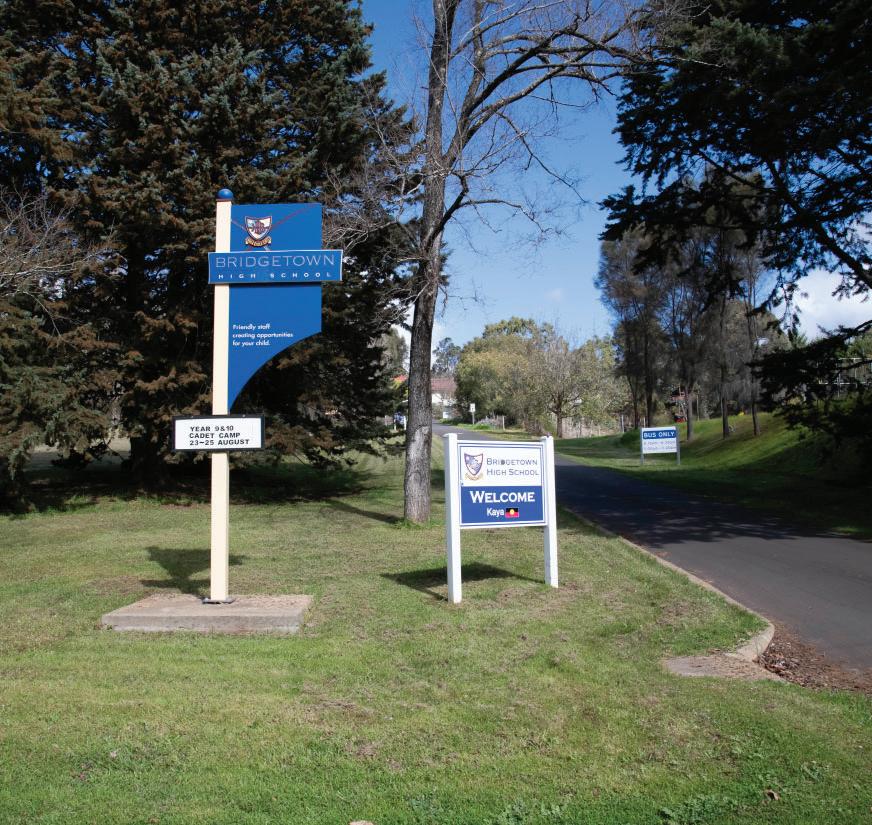
4 minute read
History on the move in Greenbushes
The historic North Greenbushes railway station dating back a century is on the move from its mill-side location in Throssell Street, North Greenbushes, to a new location behind the Greenbushes Discovery Centre.
It will be restored from its dilapidated current state to become an integral part of the Visitor Centre and its tourist trail, saving it from a fate of slow decay on the rail line.
The project is ready to proceed, with the move to be made within weeks, as long as earthworks proceed on schedule.

The move is not without some controversy, however, with some Facebook commentators calling for it to be refurbished where it stands to protect its heritage values. However, the Public Transport Authority
(PTA) wanted to remove it, and the Greenbushes Visitor Centre believes the only people interested in visiting it in its present location would be rail enthusiasts.
Permission to remove the building to another site for community use was granted by the PTA in 2012.
The Heritage Council says the station is highly significant and served as a passenger and goods station from its opening, along with the line, in 1898. It was designed by the Public Works Department under the guidance of George Temple Poole, its Chief Architect.
It stayed open for passengers until 1985 and some restoration work was carried out in 2003.
A Goods Shed and Station Master’s House no longer exist, with the Station Master’s house destroyed by fire in the 1990s. Funding for the project has come from Lotterywest, the Department of Primary Industries and Regional Development, the Shire of Bridgetown-Greenbushes, and Talison Lithium. Meanwhile new life has been breathed into Bridgetown’s historic railway station with restoration now finished, and only the final fitout to be completed before its reopening as the new Bridgetown Visitor Centre, which is expected towards the end of the year.
The historic Bridgetown Railway Station has been restored from its previous dilapidated state, and is now waiting to be reopened as the Visitor Centre.


“The move is not without some controversy, with some commenttors on Facebook calling for it to be refurbished where it stands to protect its heritage values”
Work has included timber cladding and repairs to the brick chimney, replacing the galvanised roof, and reinstating the original columns.
The station served Bridgetown from 1898 to 1988 and was the biggest station on the line. The State Heritage Council has described the building as having local and state significance “as tangible reminders of the importance of railways in the economic development of the lower South West region and the State”.
BRIDGETOWN HIGH SCHOOL ISN’T IMMUNE TO A WORLDWIDE HEALTH PROBLEM
Bridgetown’s High School students have been getting a lesson on the dangers of vaping thanks to school nurse Sarah Anderson.
Like many schools throughout Australia, Bridgetown High School has a problem with vaping, with many students regularly indulging in the habit in and out of school hours.

The WA Education Department introduced an antivaping toolkit to the state’s high schools in June, along with a policy of mandatory suspension of students caught vaping.
In 2022 nearly 4000 children were suspended from public schools in WA for vaping.
Naomi Pedrochi, school health nurse in the Southwest, said that “the horse has bolted” when it comes to vaping, but that education is the key to tackling the problem.
She said that kids are curious and like to take risks, but many have no idea of the dangers of vaping.
“They think it’s just flavoured water,” she said. In reality, however, vapes are loaded with nicotine in far higher concentrations than cigarettes. Six-out-of-10 vapes labelled “non nicotine” have been found to contain nicotine, and the nicotine in one vape can equal 50 cigarettes.
The potential for addiction and a lifetime of health problems is huge.
Ninety percent of adult smokers started as teens, and young non-smokers who vape are three times more likely to start smoking cigarettes than those who don’t.
The danger doesn’t just end with the nicotine. They’ve been proven to contain up to 200 dangerous chemicals, including acetone, acrolein (a chemical found in herbicides), chemicals found in cleaning products, and even formaldehyde. They can cause lasting lung damage.











